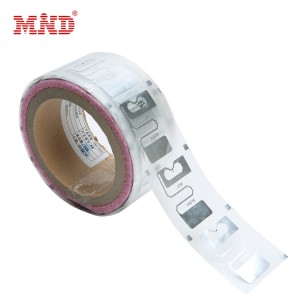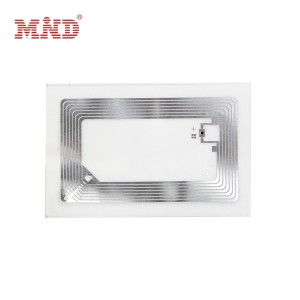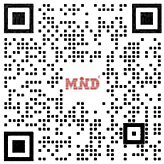In the process of realizing wireless communication, the antenna is an indispensable component, and RFID uses radio waves to transmit information,
and the generation and reception of radio waves need to be realized through the antenna. When the electronic tag enters the working area of the
reader/writer antenna, the electronic tag antenna will generate enough induced current to obtain energy to be activated.
For the RFID system, the antenna is a vital part, and it is closely related to the performance of the system.
At present, according to the differences in antenna wire material, material structure and manufacturing process, RFID tag antennas can be roughly
divided into the following categories: etched antennas, printed antennas, wire-wound antennas, additive antennas, ceramic antennas, etc., the most
commonly used antennas The manufacturing process is the first three.


Etching:
The etching method is also called the imprint etching method. Firstly, a layer of copper or aluminum with a thickness of about 20mm is covered on a base carrier,
and a screen printing plate of the positive image of the antenna is made, and the resist is printed by screen printing. On the surface of copper or aluminum, the
copper or aluminum underneath is protected from corrosion, and the rest is melted by the corrosive.
However, since the etching process uses a chemical erosion reaction, there are problems of long process flow and a lot of waste water, which easily pollutes the environment.
Therefore, the industry has been working hard to find better alternatives.
Printed antenna
Directly use special conductive ink or silver paste to print or print the antenna circuit on the substrate. The more mature one is gravure printing or silk printing.
Screen printing saves costs to a certain extent, but its ink uses about 70% high-silver conductive silver paste to obtain antennas between 15 and 20um, which is
a thick film printing method with high cost.
Coil wound antenna
The manufacturing process of copper wire wound RFID tag antenna is usually completed by automatic winding machine, that is, the substrate carrier film is directly coated
with insulating paint, and the copper wire with low melting point baking varnish is used as the base material of the RFID tag antenna , Finally, the wire and the substrate
are mechanically fixed with adhesive, and a certain number of turns is wound according to different frequency requirements.
CONTACT
E-Mail: ll@mind.com.cn
Skype: vivianluotoday
Tel/whatspp:+86 182 2803 4833
Post time: Nov-12-2021





